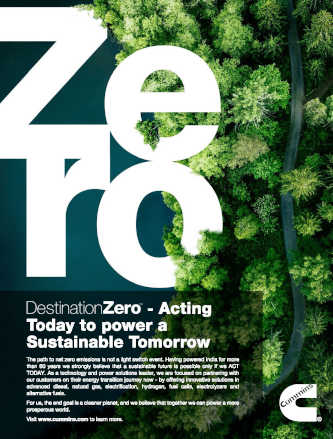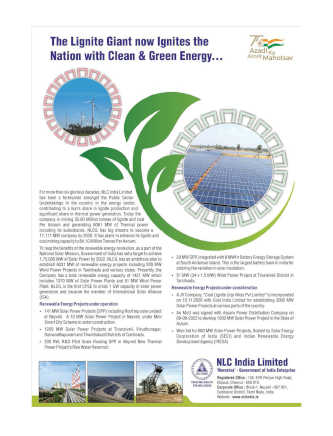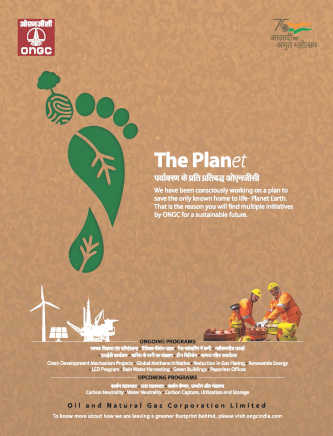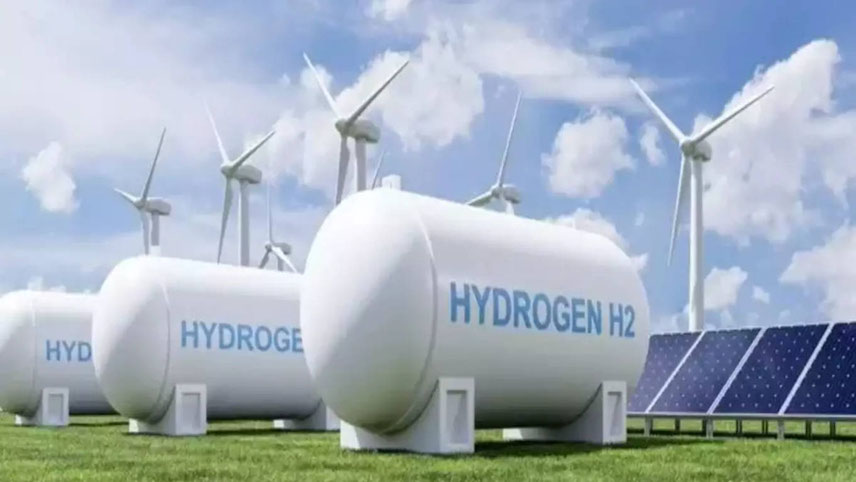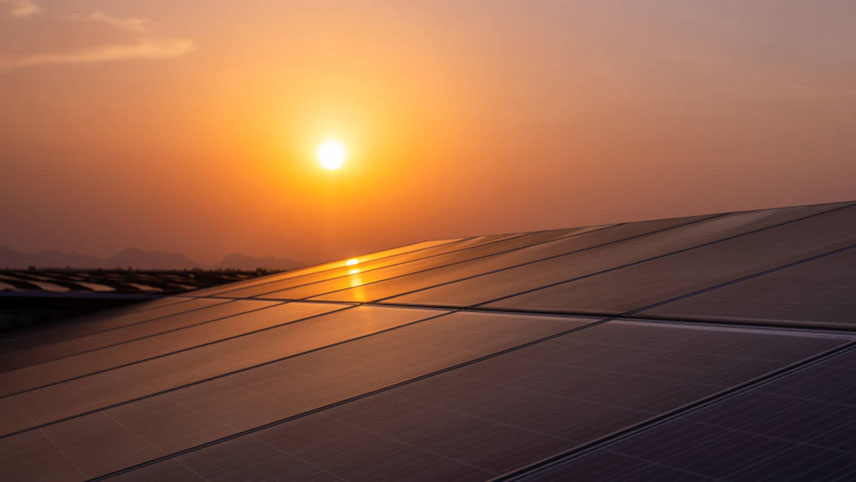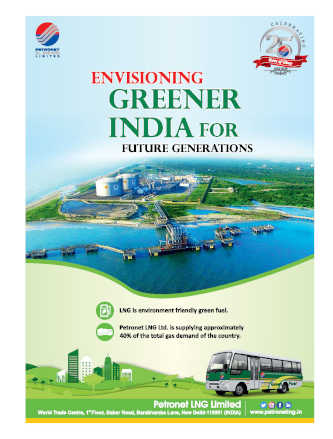Asia Pacific is likely to see significant growth in the global renewable energy market in the near future with the most prominent CAGR, mainly due to the rising economic development and industrialisation in China and India, according to a recent study. According to Vantage Market Research, the Global Renewable Energy Market was valued at $910.5 billion in 2021 and is projected to reach a value of $1510.2 billion by 2028 at a CAGR of 8.8 per cent. Wind, hydropower, solar, geothermal, and biofuel are just some of the renewable energy options available. According to estimates, only 7 per cent of the world’s energy consumption is met by renewables. Eventually, this percentage is projected to rise dramatically. During the projected period, demand for renewable energy sources, including geothermal energy and solar energy, is expected to rise in response to the increasing industrialisation and urbanisation in emerging countries around the world, the report said. According to Vantage Market Research, in order to fulfil their climate change pledges, governments around the world are pouring significant resources into renewable energy. For example, the US invested $40.5 billion, China and India invested $126.6 billion $11.3 respectively. “As more nations work to make the switch away from fossil fuels, we can anticipate this trend continuing. Since the industry is predicted to expand rapidly, it is not surprising that many businesses are vying for a piece of the pie,” it said. Others are planning to enter the industry, although major manufacturers like General Electric and Siemens are already there. Many governments throughout the world have passed laws to promote the expansion and utilisation of renewable energy resources. Subsidies, tax advantages, and mandates are examples of policies that fall under this category. The renewable energy market is growing in part due to falling prices, which makes RE more competitive with conventional fossil fuels. Another factor making renewable technology more accessible to businesses and families is the steady decline in its price. With these tendencies set to persist for the foreseeable future. One trend that Vantage Market Research expects to see in the RE industry is the need for eco-friendly power sources is growing. The expansion of the solar and wind power industries, which have benefited from increased government support and investment, is a prime example of this trend. Another trend that VMR predicts will continue in the Renewable Energy industry is Renewable Energy technology has gotten significantly more economical in recent years, making it a more realistic alternative for both businesses and consumers. However, there are a handful of major red flags to keep an eye out for in the Renewable Energy industry. The cost of fossil fuels comes first. Fracking has driven down the cost of these fossil fuels, making Renewable Energy less cost-effective. A second factor is government regulation. Government incentives and restrictions significantly influence the economic feasibility of Renewable Energy projects. The third consideration is technological advancements. New developments in solar, wind and other technologies have the potential to lower the price of renewables and expand their market share. Based on type, most of the RE market’s revenue is controlled by the solar category. During 2021, solar energy's share was 54 percent, with wind power coming in second at 19.7 percent. Globally, the residential sector is the largest market for RE. This can be ascribed to the public's increased understanding of the importance of switching to green energy. The second largest market for RE is the industrial sector. This is because businesses are actively embracing renewable energy sources to cut their carbon output. In terms of total consumption, commercial enterprises are the third-biggest renewable energy end-user, the report said.
-

In order to fulfil their climate change pledges, governments around the world are pouring significant resources into renewable energy


